PPT-1 Shipwreck Chapter 1
Author : sherrill-nordquist | Published Date : 2019-12-01
1 Shipwreck Chapter 1 Goal As a result of this lesson you will be able to understand and learn the background information about the novel Shipwrecked Also define
Presentation Embed Code
Download Presentation
Download Presentation The PPT/PDF document "1 Shipwreck Chapter 1" is the property of its rightful owner. Permission is granted to download and print the materials on this website for personal, non-commercial use only, and to display it on your personal computer provided you do not modify the materials and that you retain all copyright notices contained in the materials. By downloading content from our website, you accept the terms of this agreement.
1 Shipwreck Chapter 1: Transcript
Download Rules Of Document
"1 Shipwreck Chapter 1"The content belongs to its owner. You may download and print it for personal use, without modification, and keep all copyright notices. By downloading, you agree to these terms.
Related Documents




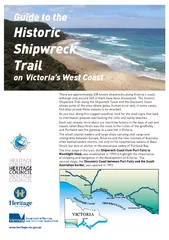
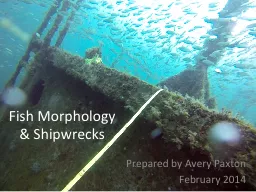

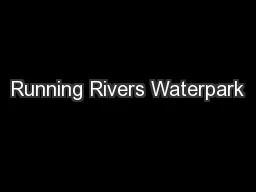
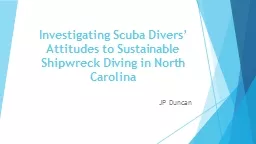
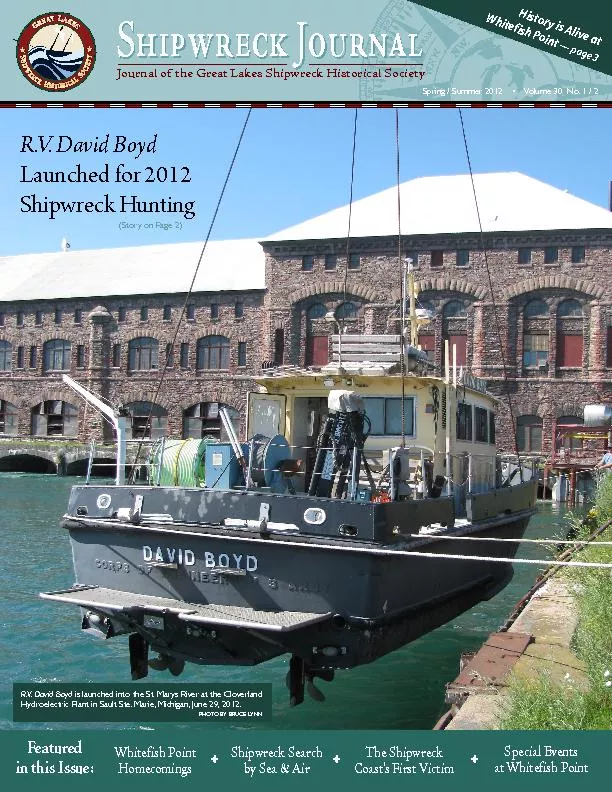

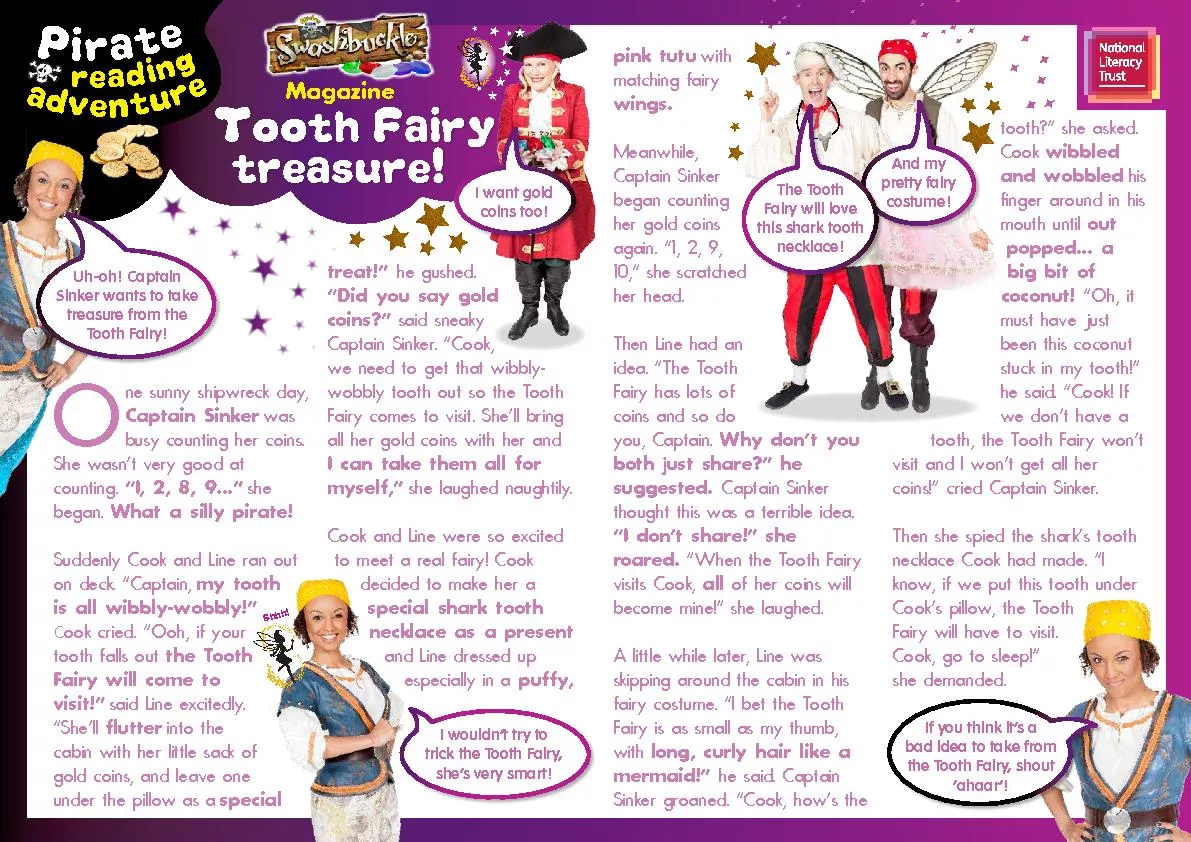


![[BOOK]-Ship of Gold in the Deep Blue Sea: The History and Discovery of the World\'s Richest](https://thumbs.docslides.com/957361/book-ship-of-gold-in-the-deep-blue-sea-the-history-and-discovery-of-the-world-s-richest-shipwreck-6338553d3ed4e.jpg)